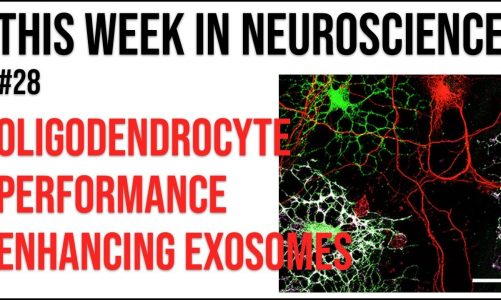Lipids are molecules that contain hydrocarbons and make up the building blocks of the structure and function of living cells. Examples of lipids include fats, oils, waxes, certain vitamins (such as A, D, E and K), hormones and most of the cell membrane that is not made up of protein.
Lipids are not soluble in water as they are non-polar, but are thus soluble in non-polar solvents such as chloroform .
Types of Lipids
There are three types of lipids in the body, triglycerides, phospholipids and sterols.
Triglycerides are also known as triacylglycerols and compose 95% of fat in the foods we eat. Triglycerides are also the main fats we store in our body. When you pinch an inch around your waist, you are pinching triglycerides.
Phospholipids bring water and fat together and are called emulsifiers. Phospholipids make up cell membranes and lipid carrier molecules.
Sterols are found in tissues of animals and plants. The most well known sterol in our body is cholesterol. Cholesterol makes up bile, hormones and vitamin D.
#csirnet#ourteachersourheroes
source


